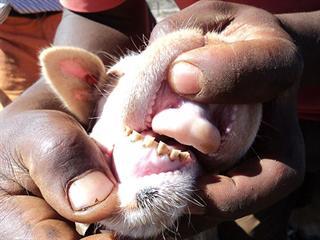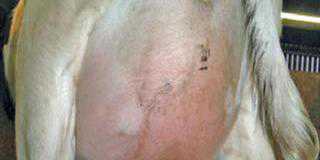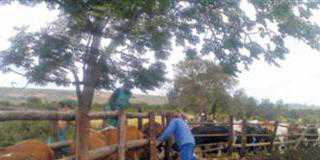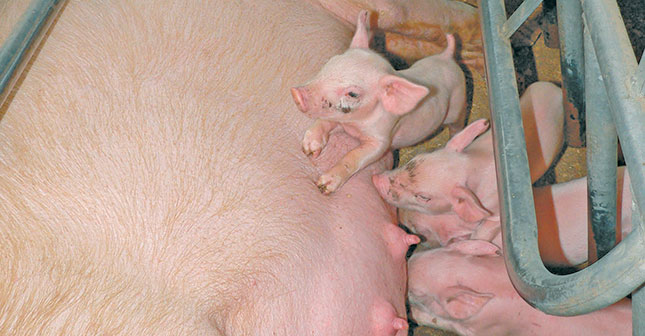
The ‘growth’ in ‘growth curve’ is simply the increase in body size as an animal gets older, but the concept becomes a little more complicated when one considers that, with age, the proportion of muscle, fat and bone changes in the animal’s body.
For the animal as a whole, there are three basic phases of growth: from conception to birth; from birth to weaning; and from weaning to old age and death.
Marketing and culling
All too often, livestock farmers make two mistakes – they wait too long to market their young growing animals and they cull their mature animals when these are already too old.
In the first case, farmers reason that the longer they keep them, the heavier the lambs will be and the more they will fetch on the market. The second error may occur when a farmer does not have enough producing ewes or cows and so hangs on to older females in the hope that they will produce a few more offspring.
The secret is to market young animals when they are most efficient at converting feed to money. Older animals should be sold before their bodies start deteriorating due to age, or before their teeth become too worn.
LIivestock’s feeding needs
Knowing about the growth curve will help you to understand the feeding needs of your animals at various stages in their lives – even before they are born.
The rate at which an animal grows has to do with nutrition. The foetus usually grows more quickly towards the end of pregnancy and this is the time to supply ewes with a little extra feed when veld conditions are poor – especially in the case of young pregnant ewes, which are still growing themselves.
I have attempted to provide a brief, introductory overview of the concept. Various other factors must be taken into account, but any ordinary livestock farmer can use the basics of the growth curve to improve flock management.
Roelof Bezuidenhout is a freelance agricultural writer and a fourth-generation Karoo small-stock farmer specialising in Merino and Dorper sheep and Angora goats.
This is an abbreviated version of an article that appeared in Farmer’s Weekly 17 January. To read the full article.













